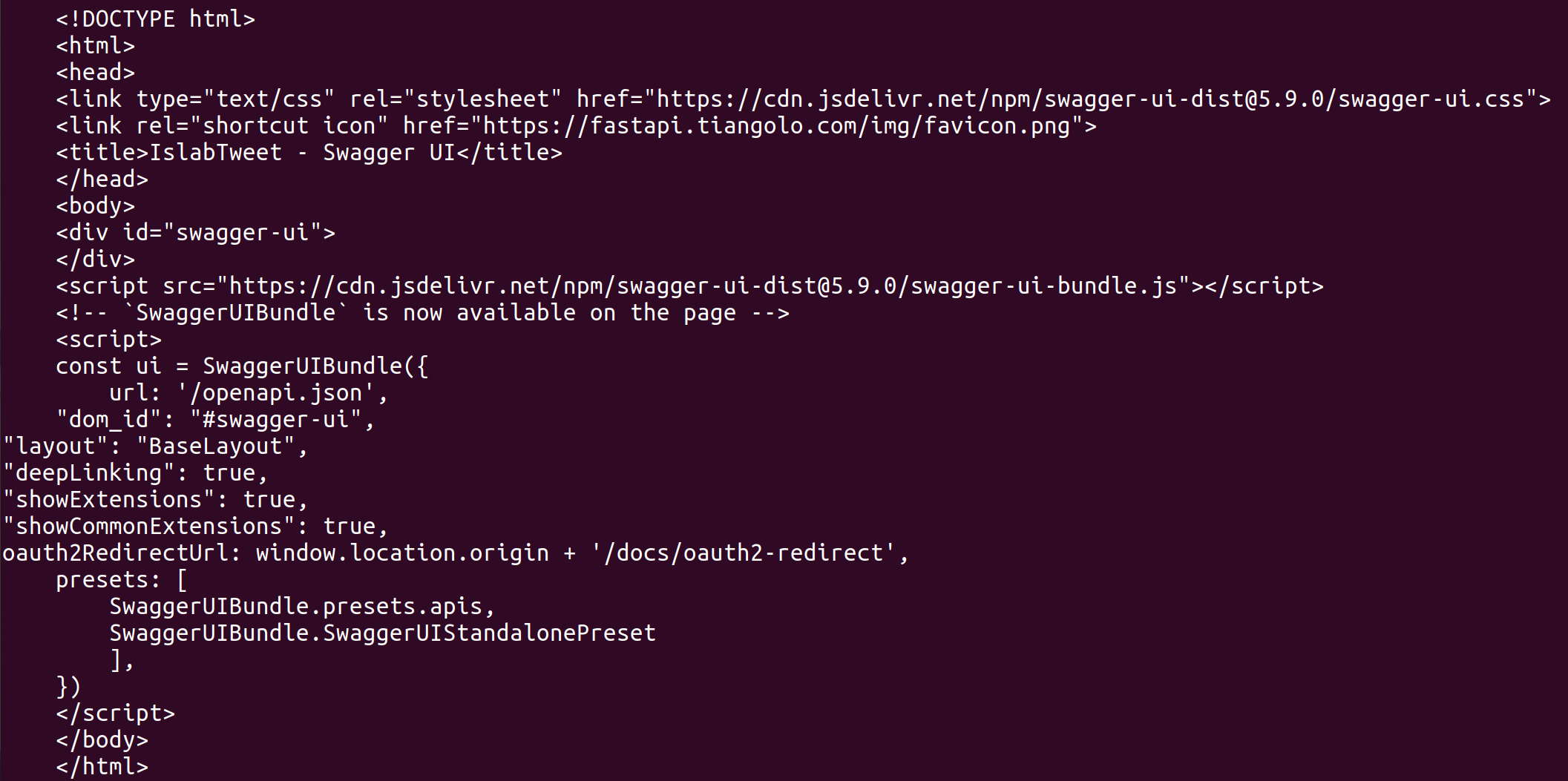Just trying not so confuse realistic testing with self-deception :) Not convinced testing with synthetic data can pretend to be similar to a production environment.
mapto
It is not realistic to replicate a production setup in development when you're working with sensitive user data. I've worked in different contexts (law enforcement, healthcare, financial services) where we've had complicated setups (in one instance including a thing called pre-staging environment), but never would a sizeable team of developers have access to user data, and thus to a realistic setup in terms of size, let alone of quality of data.
I'm sorry, but doesn't sound very convincing. The strongest (reiterated) argument is "venv is standard", but so is docker.
Thanks. I didn't know this and it is very useful information.
Even if so, your unreasonably pessimistic assumption is that this would be an exclusive source of revenue. Once content is created, cross-posting is free.
Thanks for doing the maths. Actually, it does show that there's a small, but unexploited market here. $2-3K a month is a very good income for the most of the world. And this doesn't have to be the only revenue stream.
Could you elaborate, please. I'm genuinely interested
Looks exciting, and the basic example in the user guide seems more intuitive than pandas. Looking forward to see how it's going to integrate with bokeh and plotnine, though.
Upfront analysis and design is very close to independent from the technology, particularly at the I/O level
Q: what do we do? A: profile and decompose. Should not be that distant as a thought
Definitely my preference. However, for someone just starting (and not used to pressing TAB or calling help() ), an empty prompt might be intimidating.
That's why I typically suggest interactive tutorials, e.g. any of these two: https://www.learnpython.org/en/Hello%2C_World%21 https://futurecoder.io/course/#IntroducingTheShell

I didn't realise. Was not paywalled for me on the phone.